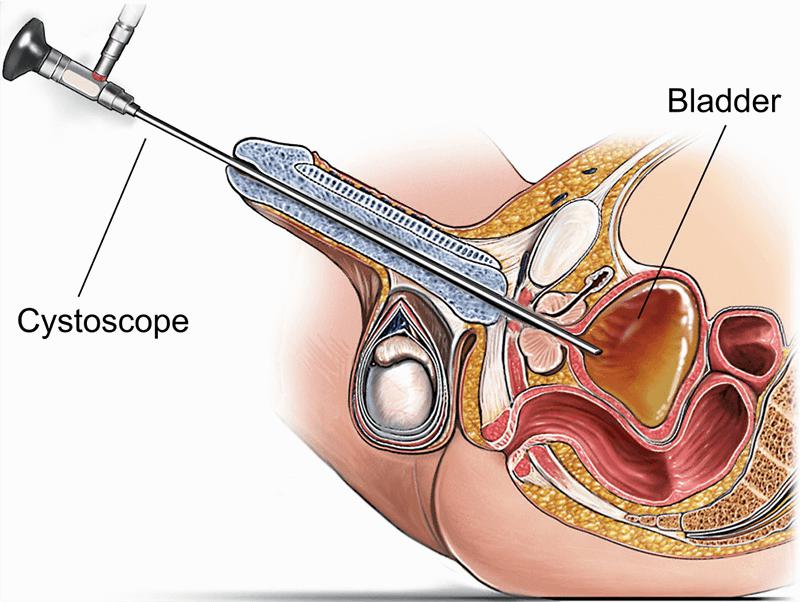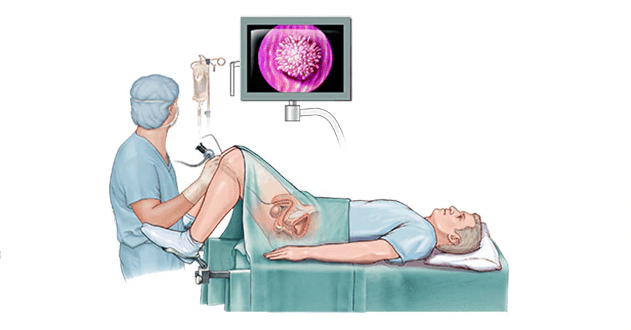- Home
- Urogynecology
- Cystoscopy
Cystoscopy Procedure - Diagnostic Urologic Examination

What is Cystoscopy?
Cystoscopy procedure allows the doctor to examine the lining of the bladder as well as the urethra, that maybe a tube that carries the urine out of your body. A cystoscope is a probe light and a camera at the end. This probe is inserted through the urethra into the bladder so that an investigation of the bladder can be performed.
Why Do You Need a Cystoscopy?
Cystoscopy is usually recommended within the following scenarios:
In order to diagnose bladder conditions and diseases such as:-
» Bladder stones
» Bladder inflammation
» Bladder cancer etc.
In order to analyze the causes of the signs and symptoms such as
» Incontinence
» Painful urination
» Blood within the urine
» Overactive bladder is investigated with the help of cystoscopy.
Cystoscope can also be ordered If you’re suffering from the following:
» Pelvic pain
» Frequent urinary tract infections
» An overactive bladder
» Enlarged prostate gland
Cystoscopy carries a risk of complications, including:
» Infection
» Bleeding
» Pain.
Signs and symptoms of a complication
Contact us if you’re experiencing any of these:
» Bright red blood in your urine
» A fever over 100 F (38 C)
» Pain or burning during urination that lasts more than 2 days
How Does the Cystoscopy Procedure Done?
About an hour before the test, you will be given a sedative to help you relax. An intravenous (IV) needle could be placed in a vein in your arm to give you other medicines and fluids. You need to lie on your back on a special table with your knees bent, legs apart and your feet or thighs may be supported by stirrups. Your genital area will be cleaned with an antiseptic solution, and your abdomen and thighs will be covered with sterile cloths.

After the anesthetic takes effect, a cystoscope will be inserted into your urethra and slowly moved into your bladder. Once the cystoscope is inside your bladder, either sterile water or saline is injected through the scope which helps in the expansion of your bladder and to create a clear view. Medicine will be injected through the scope to reduce the chances of infection. Small instruments may be inserted through the cystoscope may be inserted through the scope to collect samples of tissues for a biopsy which are later sent to the laboratory for analysis.

